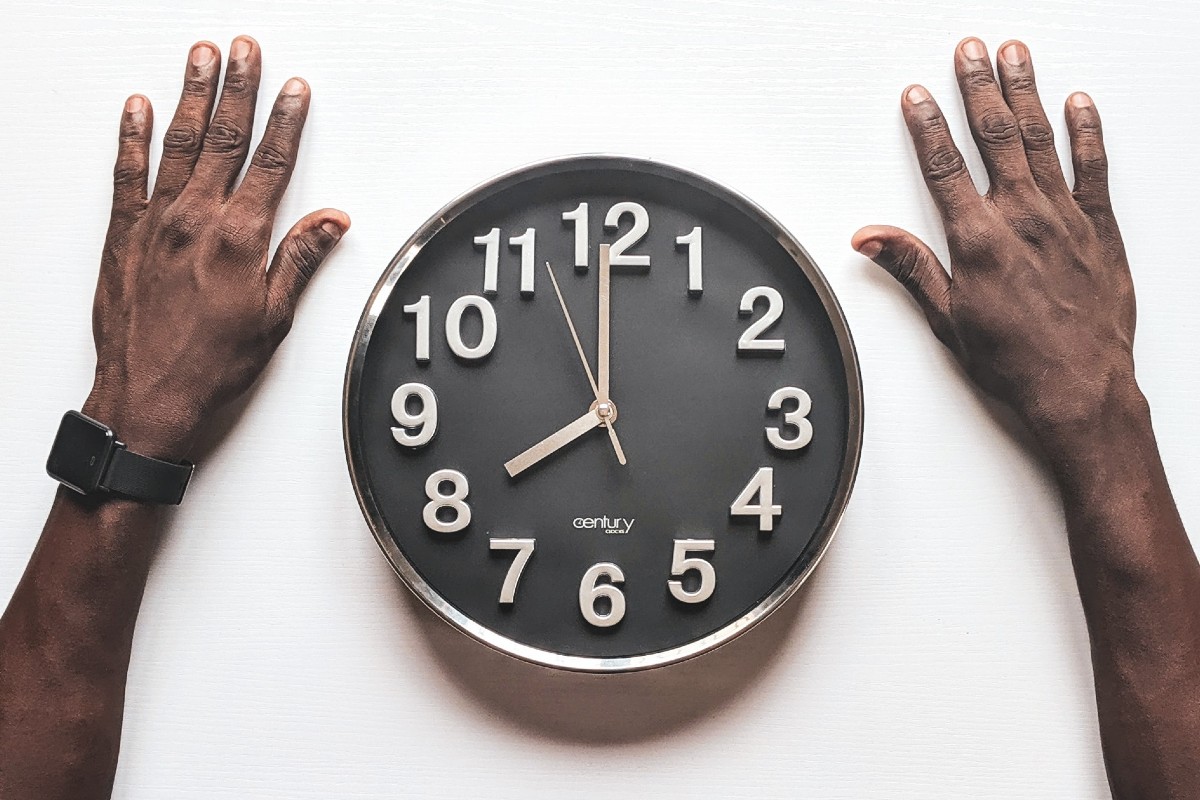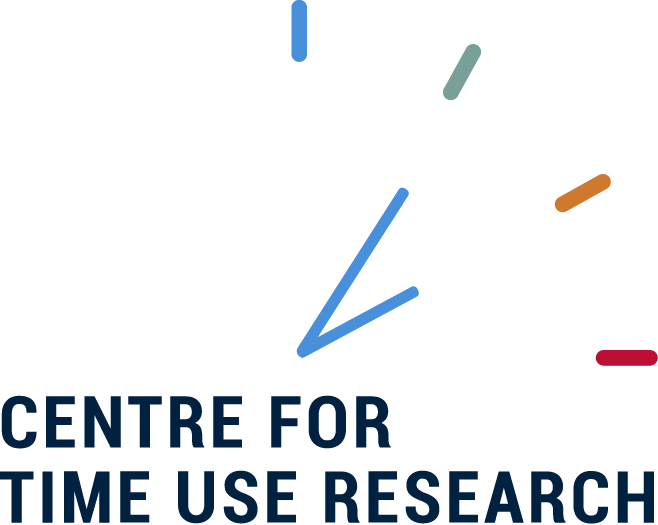Time use and wellbeing
Exploring instantaneous enjoyment through time diaries

We explored UK time use data to understand how people respond to external changes, and how this impacts their own wellbeing and that of the wider society.
How can time use data be used in wellbeing research?
Time diaries collect the level of enjoyment associated with daily activities and combinations of activities, offering insight into how people choose to spend their time, who they spend it with, and how they feel about it.
This provides a way to directly measure the contributions of experiences to overall subjective wellbeing at an individual and population level. It also allows us to study patterns and better explore concepts like tiredness and leisure throughout the day.
Time use research has the potential to produce new policy-directed insights designed to enhance lifestyle-related welfare in the population by offering insight into how specific combinations and sequences of activities influence wellbeing.
What did we do?
We analysed the CTUR UK Time Use Survey 6-Wave Sequence across the COVID-19 Pandemic, 2016-2021 dataset to explore in what ways external shocks and regulations affect people’s wellbeing, and whether changes conform to the expectations of decision makers.
We used three Stata Do files to prepare the data for analysis:
- Using the data and creating new variables
- Diary quality indicators
- Instantaneous enjoyment related variables
These files can also act as a guide to analyse other datasets with time-diary data. They are available free-to-use from the time use and wellbeing repository as part of our commitment to accelerating access to wellbeing data.
Key insights
The research indicates that the higher the reported daily mean activity enjoyment, the higher the reported overall life satisfaction.
We observed some differences in terms of sex and age in the ways individuals report daily enjoyment and their overall life satisfaction, during easing of restrictions and lockdowns.
Explore the insights and recommendations in more detail in the full report below.
Who is this for?
Anyone looking to use time use evidence to inform decision making, practice and future research.
For example:
- Researchers and wellbeing economists interested in time use data
- VCSE sector organisations
- Policy leads in health, sport, arts and culture in national government adopting focus beyond GDP
- Public health leads and practitioners including link workers for social prescribing
- Business leaders
- Local authorities
- Funders and commissioners
How to use these insights
- Consider ways to use the findings in your own work, guided by the recommendations for action
- Generate new evidence by using wellbeing measurement and evaluation in your own work
- Consider how your own experience fits with the findings
- Let us know how you’re engaging with our resources, or submit an evaluation or case study that explores this topic area
![]()
[gravityform id=1 title=true description=true ajax=true tabindex=49]


